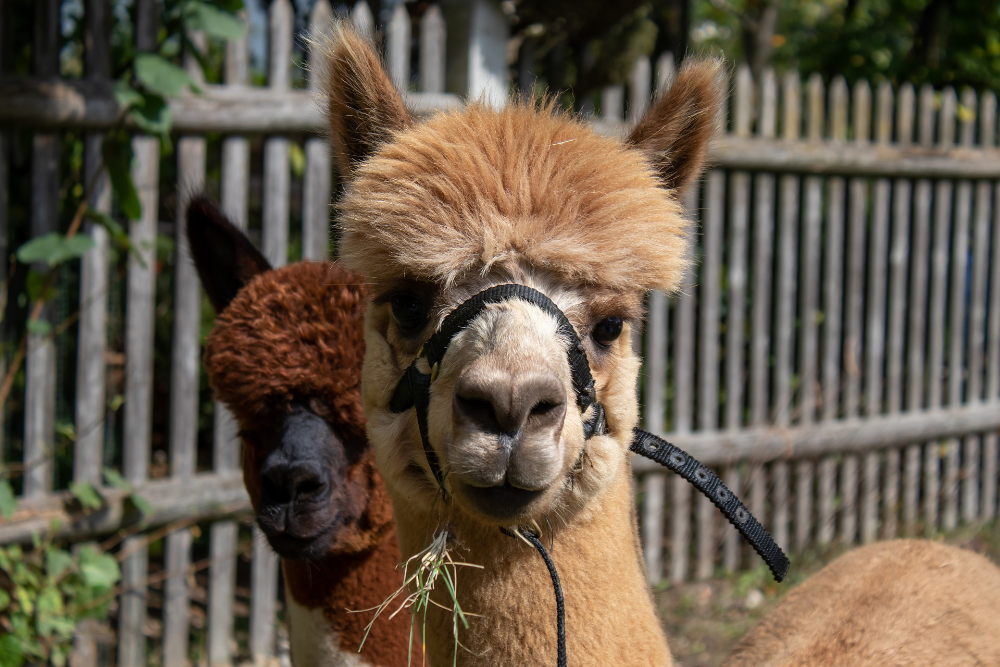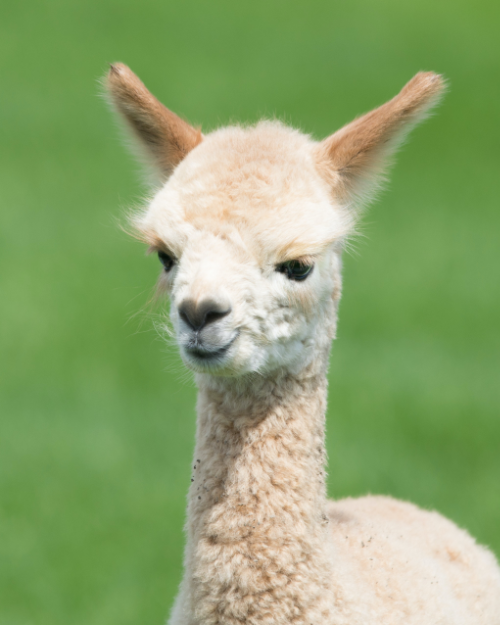Camelid Research
Grant Requests
Since 1987 we have supported camelid health research projects at Carlson College of Veterinary Medicine at Oregon State University and, in recent years, at Washington State University College of Veterinary Medicine.
We encourage qualified staff and senior students or PhD candidates to submit grant requests. For more details, download the Research Guidelines and Proposal Application for requesting funding from NWCF.
All proceeds from the annual Fundraiser Events go to medical research and to maintenance of the OSU research herd. In addition to these funds, this Research Committee is responsible for administering donations from other organizations and businesses.
The NWCF Research Committee is made up of camelid breeders in our region and three local veterinarians with extensive llama and alpaca experience: Dr. Pat Long, Dr. Scot Lubbers, and Dr. Rachel Oxley.
- Dr. Long is a member of the Alpaca Research Foundation and is a former board member of the Morris Animal Foundation.
- Dr. Lubbers serves as a member of the Lama Medical Research Group. This broad input has allowed for invaluable coordination amongst these groups.
- Dr. Oxley works extensively with alpacas and llamas in her central Oregon practice.
With all costs going up, the financial requirement to support the proposals submitted each year exceed the funds available. Thus, the Research Committee must select which projects to fund.
A review of this NWCF Research Investment History (PDF file) will reveal the many aspects of health care that these studies have touched upon and why continued support is so important!

Education and research is why we exist.
Glen Pfefferkorn, NWCF President
Email Confirms Study Provides Valuable Information
Hi, Glen, just wanted to share with you that I was contacted by the University of Georgia in regards to a 2-week-old cria with a very low white count that was not improving. They tried Neupogen at the dose rate we used in the NWCF study and saw a fourfold increase in white count in 48 hours and were very happy. So it looks like it will also be useful on sick camelids, not just the healthy ones!
Erica McKenzie BSc, BVMS, PhD
Diplomate ACVIM
Assistant Professor Large Animal Medicine
Oregon State University
Camelid Nanobodies
Antibodies (also known as immunoglobulins) are proteins that are produced by the body in response to the presence of foreign substances such as bacteria, viruses, certain proteins, and tumor cells- these are all known as antigens. Antibodies are constructed so that they bind very tightly and specifically to an antigen. Antibodies that are produced in laboratories are used in diagnosis, treatment and prevention of a variety of diseases as well as widely used in research.
In 1989, it was discovered that camelid antibodies are different from those of almost every other animal species in that they are missing a part of the protein known as the light chains. These camelid antibodies are still fully functional, and it became apparent that they could be modified to be an even smaller structure known as a nanobody. Nanobodies have several advantages over conventional antibodies in that their small size allows them to get inside cells and to other places that conventional antibodies can’t reach. In addition, their unique structure makes it less likely that they will cause a harmful response if injected into a patient.
At the Carlson College of Veterinary Medicine, Dr. Chris Cebra and his colleagues have been producing nanobodies by injecting llamas and alpacas with certain antigen preparations so that the camelids produce antibodies that can then be modified in the laboratory to be used by researchers and clinicians. Targets so far have been the bacteria that causes tuberculosis, the virus that causes Dengue Fever and proteins that are found in cancer in dogs. The work has been done in collaboration with Oregon Health Sciences University, Case Western Reserve, and other colleges at Oregon State University.
Fun fact: The other animal that produces these “small” antibodies is the shark. It is logistically easier to inject and draw blood from alpacas and llamas than from sharks for obvious reasons.
Research Committee Members:
Dr. Pat Long
Dr. Scot Lubbers
Dr. Rachel Oxley
Glen Pfefferkorn
Olin Allen
Ann Dockendorf
Peggy Gresham
Kendara VanNorman
Mary Jo Walker
Charlene Arendas
Jesse Munson
Kendara VanNorman


